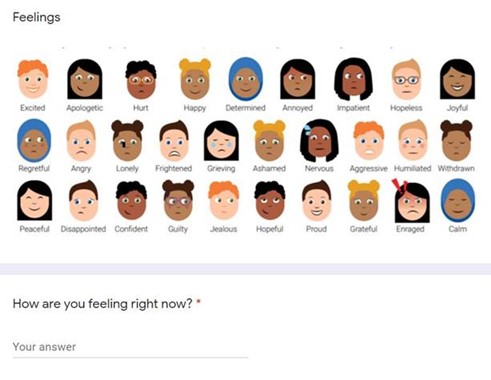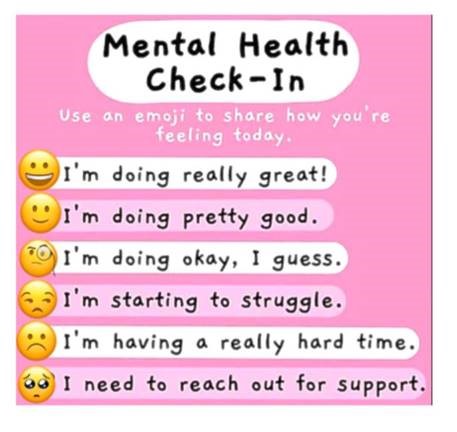Remote learning has many challenges, one of the biggest being a lack of connection. Without the ability to read body language, see faces, and spot someone in a hallway, how can educators connect with their students to see how their doing?
After the Office of the Superintendent of Public Instruction (OSPI) mandated the adoption of a SEL screener, a tool that allows teachers to assess students’ social emotional health and skills, Talbot Hill Elementary, in the Renton School District, knew it had to come up with a solution that worked remotely. So, they came up with a creative solution.
Talbot Hill Elementary decided it needed to check-in with students directly in order to be able to assess their social and emotional health during the pandemic. With input from other Renton elementary schools, they created a survey for students that all teachers administer to students each week, usually on Fridays. The survey allows students to share one feeling word, a mental health update, and other open-ended comments.

Kate Bressan, School Counselor, says the vast majority of students are filling out the survey each week, with positive results. According to Kate, the survey has allowed students with needs that might have gone unnoticed to get support. Some students are using the comment section of the survey for some short journal writing to describe their highs and lows from the week.
Comments are all over the map; some students use the survey to share details of their life, while other students use it as an opportunity to reflect on their mental well-being. Students have shared quick anecdotes, like those below, that give you a glimpse into their thinking.
- “I want to go back to school.”
- “I think we can all get through this difficult time.”
- “I love Talbot Hill and my teacher.”
- “I learned to ride my bike.”
- “I am frustrated because prime numbers are very hard for me.”

Sometimes comments indicate that a student is struggling, either with school or family life. Kate and Sarah Oberender, Behavior Interventionist, follow-up with these students (and teachers as appropriate) to do a one to one in-person or virtual check-in during class time. Every week they check in with 10-20 students. Sometimes a one-time check-in is enough to solve a problem, sometimes students have ongoing check-ins as a result of what staff learns through the screener, and sometimes support alongside the family and caregivers can be part of the solution.
According to Kate, the screener has been a very helpful tool for staying connected and in touch, both with remote and in-person learners. Given the insight it provides, and the flexible ways they have been able to respond to student concerns, she has high hopes for continuing this student self-reflection screener when fulltime in-person school resumes in the fall.
Jen Giomi is a Facilitator with Sound Discipline
